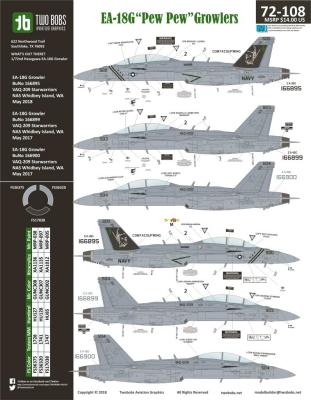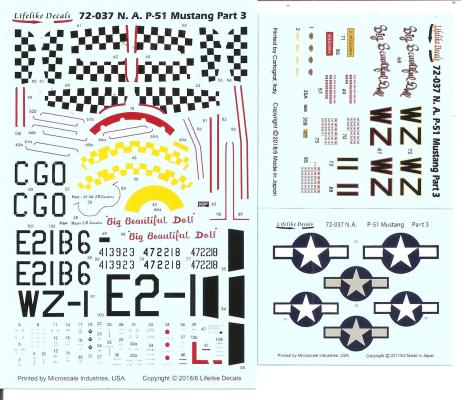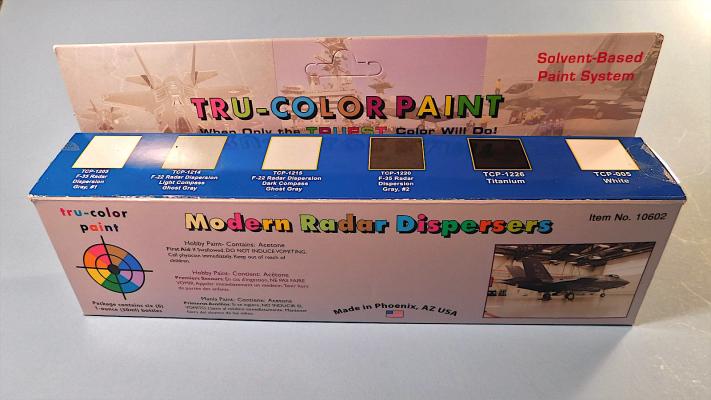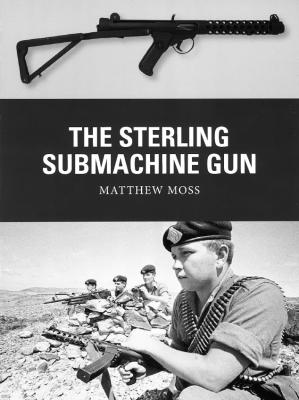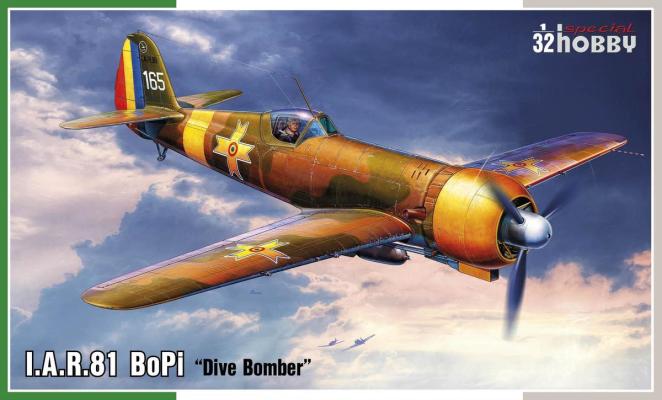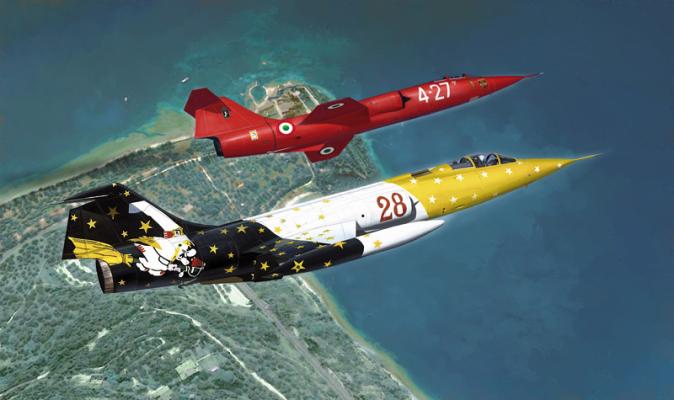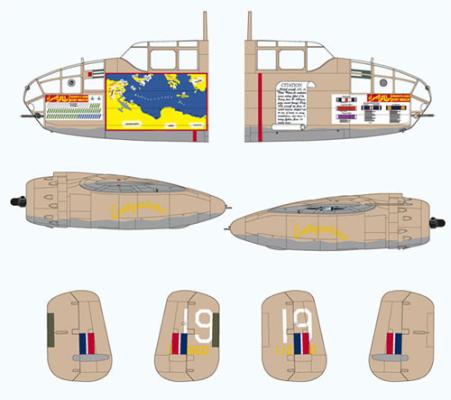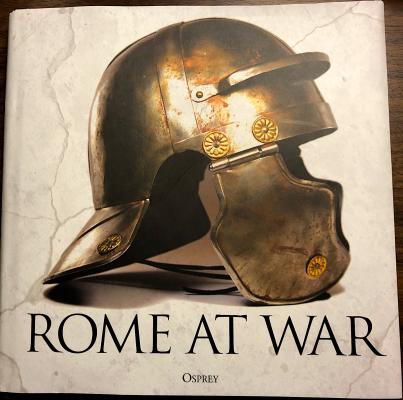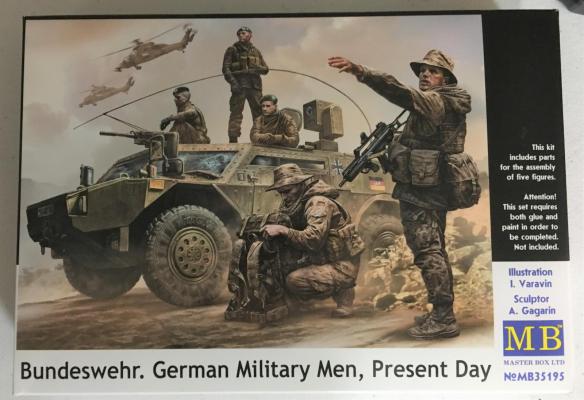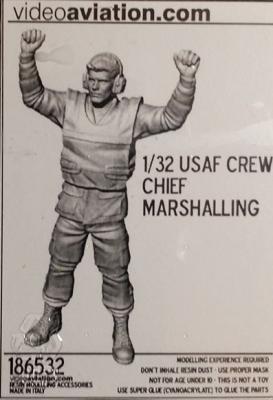Two Bobs Aviation Graphics is one of leaders in aviation decals with an impressive variety in 1/32, 1/48 and 1/72 scale. This latest release has very interesting markings used by VAQ-209 with a “Star Wars” theme on the aircraft. A black/white Darth Vader helmet, the word “VADER” on the spine and VADER 1 on a black fuel tank are on the CAG aircraft. The line jets have a gray/white Darth Vader helmet on the tail.
The sheets are printed perfectly without any print register errors. The small markings are very fine and easy to read. All the markings are included from unit markings down to the stencils and walkways. Stencils and other markings are included for the fuel tanks and jamming pods. There is one (front and back) color instructions sheet that clearly show placement of markings for the three subjects. The instructions indicate the correct FS paint colors for each aircraft and easy to distinguish where each color is applied.

